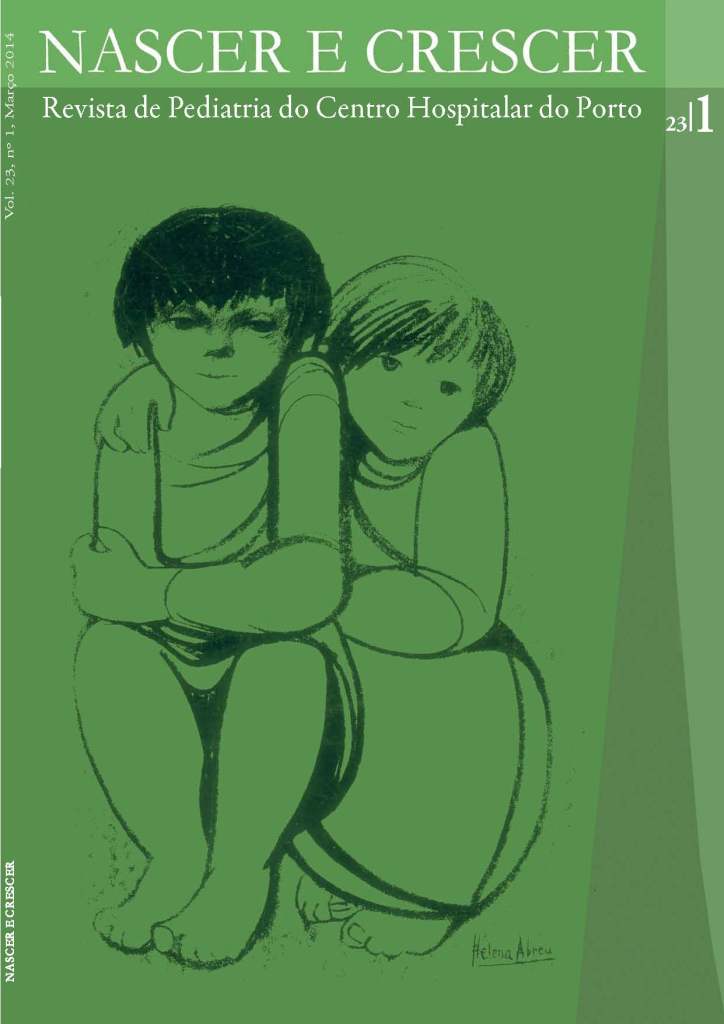Twin-to-twin transfusion syndrome -survival of the receptor foetus
DOI:
https://doi.org/10.25753/BirthGrowthMJ.v23.i1.8591Keywords:
Polycythemia, recipient twin, twin-to-twin transfusion SyndromeAbstract
Introduction: Twin-twin transfusion syndrome (TTTS) is associated with the death of one or both foetuses, particularly if diagnosed before 28 weeks’ gestation. Sudden deteriorations can occur, leading to death of the cotwin and neurological handicap in the survivor.
Case Report: We report a case of polycythemia in the recipient twin of a pregnancy with TTTS. Laser photocoagulation of placental anastomoses was performed successfully at 18 weeks. Follow-up showed resolution of signs of TTTS on ultrasound examination. Caesarean section at 33 weeks due to foetal death of donor twin, the recipient twin demonstrated symptomatic polycythemia (hematocrit 70%). Partial exchange transfusion(PET) was performed twice in the first 12 hours. Normal hematocrit levels were achieved without complication. Perinatal outcome was good.
Conclusion: Despite the prognosis improvement after laser photocoagulation of placental anastomoses, perinatal mortality and morbidity remains height.
Downloads
References
Roberts D, Gates S, Kilby M, Neilson JP. Interventions for twin-twin transfusion syndrome: a Cochrane review. Ultra-sound Obstet Gynecol 2008; 31:701-11.
Kenneth J Moise, Anthony Johnson. Pathogenesis and diagnosis of twin-twin transfusion syndrome. Disponível em: www.uptodate.com
Zach T, Barsoom MJ. Twin-to-Twin Transfusion Syndrome. Disponível em: www.emedicine.com
O’Donoghue K, Rutherford MA, Engineer N, Wimalasundera RC, Cowan FM, Fisk NM.{Transfusional fetal complications after single intrauterine death in monochorionic multiple pregnancy are reduced but not prevented by vascular occlusion.{BJOG{2009; 116:804-12.
Moise KJ, Johnson A. Management of twin-twin transfusion syndrome. Disponível em: www.uptodate.com
Remon JI, Raghavan A, Maheshwari A. Polycythemia in the Newborn. NeoReviews 2011; 12:e20-e28.
Li X, MoroKuma S, Fukushima K, Otera Y, Tsukimori K, Ochiai M, et al. Prognosis and long term neurodevelopmental outcomein conservatively treated twin-to-twin transfusion syndrome. BMC Pregnancy Childbirth 2011; 11:32.
Osek E, Soll R, Shimmel MS. Partial exchange transfusion to prevent neurodevelopmental disability in infants with polycythemia. Cochrane Database Syst Rev 2010; 1: CD 005089.
Terence Zach, Michael J Barsoom. Twin-to-Twin Transfusion Syndrome Treatment and Management. Disponível em: www.emedicine.com.
Cincotta R, Gray P, Phythian G, Rogers Y, Chan F. Long term outcome of twin-twin transfusion syndrome. Arch Dis Child Fetal Neonatal Ed 2000; 83:F171-F176.
Rocha G, Fernandes PC, Alexandrino A, Tomé T, Barrocas MF. Policitemia e Hiperviscosidade. In: Valido A, Guimarães H, Amaral J, Januário L, Carrapato, R, Tomé T (coord). Consensos Nacionais em Neonatologia. Coimbra: Secção de Neonatologia, Sociedade Portuguesa de Pediatria; 2004.
Uberos-Fernández J,{ Muñoz-Hoyos A,{ Molina-Carbayo A,{ Ruiz-Cosano C,{ Valenzuela-Ruiz A,{ Molina-Font JÁ. Changes in erythrocyte rigidity and neonatal relative viscosity during the adaptation of the newborn to extrauterine life. Observations on term and premature newborns. An Esp Pediatr 1996; 44:262-6.
Sarkar S, Rosenkrantz TS. Neonatal polycythemia and hyperviscosity. Semin Fetal Neonatal Med 2008;13:248-55.
Rustico MA, Lanna MM, Faiola S, Schena V, Dell’avanzo M, Mantegazza V, et al. Fetal and maternal complications after selective fetoscopic laser surgery for twin-to-twin transfusion syndrome: a single-center experience. Fetal Diagn Ther 2012; 31:170-8.
Downloads
Published
How to Cite
Issue
Section
License
Copyright and Authors' Rights
All articles published in Nascer e Crescer - Birth and Growth Medical Journal are Open Access and comply with the requirements of funding agencies or academic institutions. For use by third parties, Nascer e Crescer - Birth and Growth Medical Journal adheres to the terms of the Creative Commons License "Attribution - Non-Commercial Use (CC-BY-NC)".
It is the author's responsibility to obtain permission to reproduce figures, tables, etc. from other publications.
Authors must submit a Conflict of Interest statement and an Authorship Form with the submission of the article. An e-mail will be sent to the corresponding author confirming receipt of the manuscript.
Authors are permitted to make their articles available in repositories at their home institutions, provided that they always indicate where the articles were published and adhere to the terms of the Creative Commons license.


